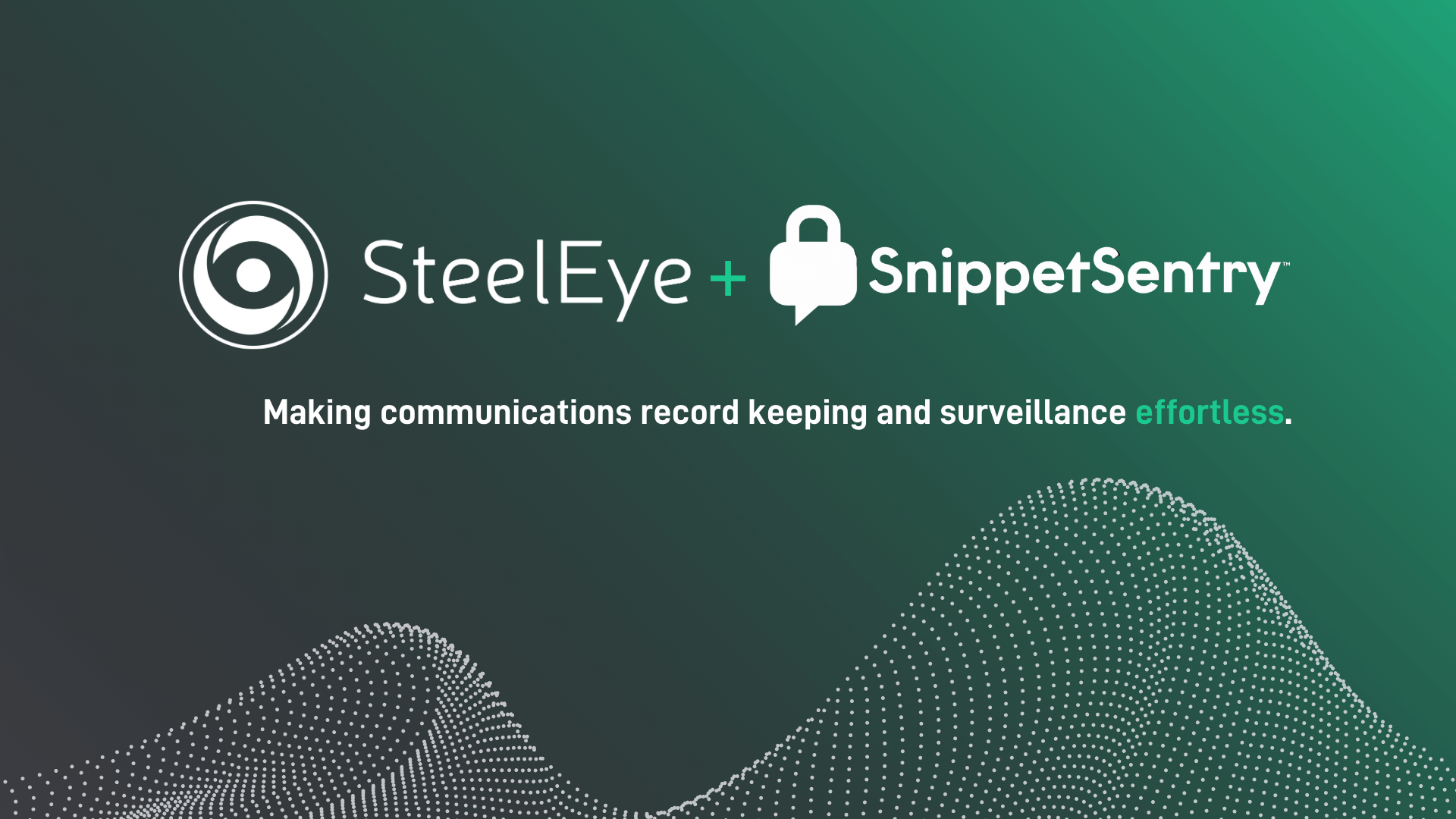SEC - regulating the US securities market
The mission of the Securities Exchange Commission (SEC) is to protect investors, maintain fair, orderly, and efficient markets, and facilitate capital formation. The SEC’s goal is to promote a market environment that the public finds trustworthy. In order to accomplish this, SEC oversight of the financial sector includes the following activities:
- Inform and protect investors
- Facilitate capital formation
- Enforce U.S. securities laws
- Regulate securities markets
- Provide data











